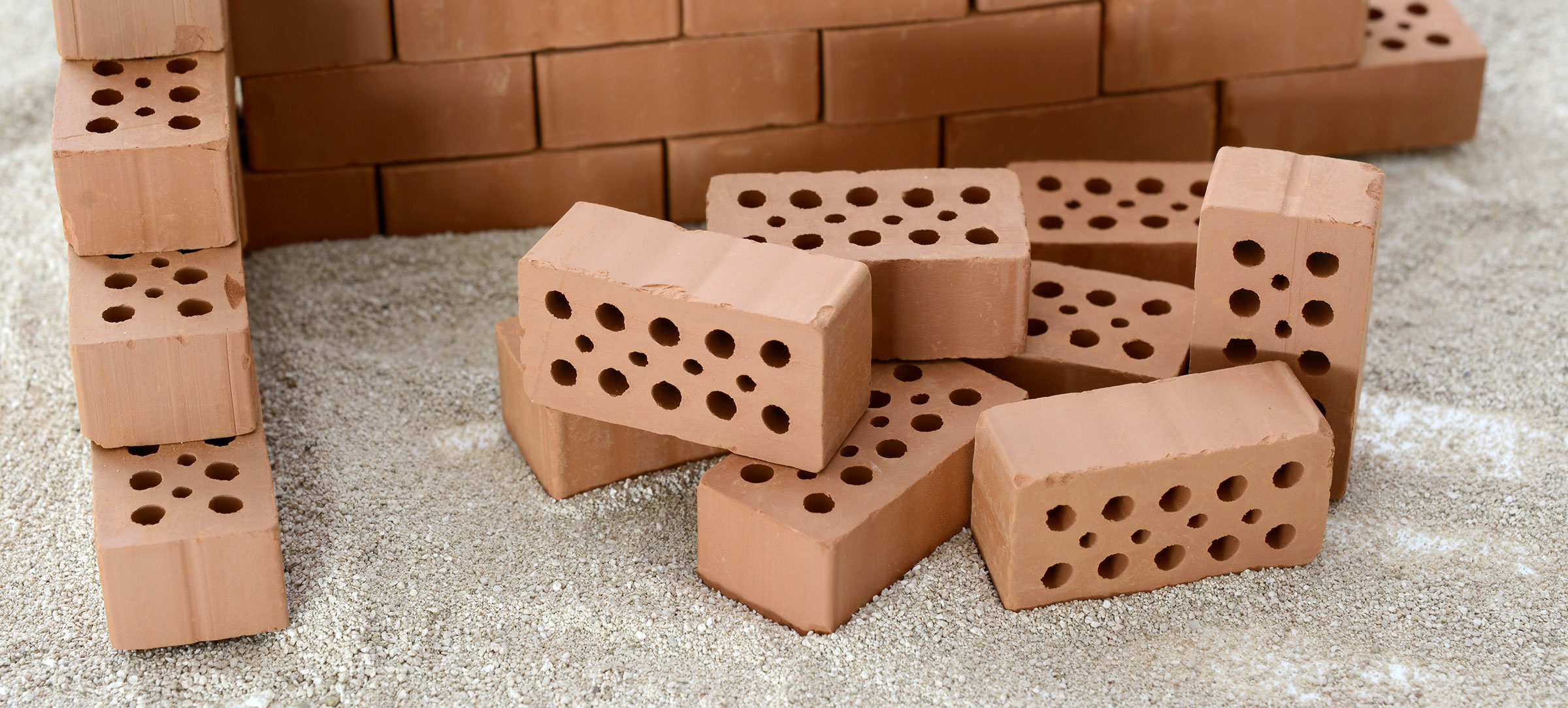Refractory materials are used both in industry, in solid protective materials during the production process, and in households. What are the characteristics of refractories? How are they classified and what are their specific applications?
Refractory materials – definition
Refractory refers to the mechanical strength of the material at high temperatures. Refractory materials are characterized by a high melting point, and when exposed to high temperatures they do not lose their strength and of form. ASTM (the American Society for Testing and Materials) defines refractories as “non-metallic materials having those chemical and physical properties that make them applicable for structures, or as components of systems, that are exposed to environments above 1,000 °F (811 K; 538°C)”.
Classification of refractories
The classification of refractory materials is based on two different criteria: chemical properties and physical properties (production methods).
Firstly, let’s look at refractories in terms of their chemical properties.
Acid refractories are insensitive to acidic substances, but are easily affected by alkaline compounds. These materials consist of acidic compounds such as Al2O3 (clay) and SiO 2 (silica). Reagents which can attack both alumina and silica are fluorinated gases, hydrofluoric acid and phosphoric acid.
Acid refractories include:
● silica materials: CaO bonded (fired) and silica products with additives;
● aluminosilicate materials: quartz-fireclay products.
Basic refractories are resistant to alkaline substances, but react with acids. They are used where slag and the atmosphere remain alkaline.
Basic refractories include:
● magnesia materials: magnesia products;
● magnesia-calcium materials :
magnesite-dolomite, dolomite, dolomite-calcium and calcium products;
● magnesia-spin materials :
magnesite-chromite, chromite-magnesite, chromite, periclase-spinel products;
● magnesia-silicate materials :
magnesite-forsterite, forsterite, forsterite-chromite, magnesite-alite.
The third category is neutral refractories. They are used in areas where slag and the atmosphere are acidic or alkaline and are chemically stable in the presence of both acids and bases. The basic raw compounds used are alumina (Al2O3), chromium oxide (Cr2O3) and carbon.
As we mentioned, heat-resistant materials are also classified based on the production method. We can distinguish the dry press process, fused cast, hand molded, formed (normal, fired or chemically bonded), un-formed (monolithic-plastic, ramming and gunning mass, castables, mortars, dry vibrating cements) and un-formed dry refractories.
This criterion can also be compared to physical properties based on the shape of the product.

The first group of materials are materials which have been given a specific shape. They come in standard sizes and shapes, but exceptions are used to create special shapes and sizes. Rectangular shaped bricks are probably the best-known form of shaped refractory materials on the market. Using the example of this product, it is easy to show the difference between standard and special shapes. The basic shape and size of the brick, called “one brick equivalent”, will be a brick with dimensions of 9 × 41⁄2 × 21⁄2 inches (which equals 230 × 114 × 64 mm). Other examples of shaped refractories with a special shape and size are refractory bricks for cement plants and bricks with a high content of alumina.
Materials which do not have a specific shape or form (also called unformed, monolithic refractories) adopt a shape only after use in a specific environment. Typical examples are rg mortar, castable or lightweight castable, plastic, gunning mixes, ramming mixes, spraying and coating mixes.
Domestic applications
Heat-resistant materials are also used in households. Example of home applications include:
● wood-fired ovens;
● hydraulics (for the protection of central heating and water installations, as pastes for threaded connections and quick-setting mortars);
● fireplaces and stoves.

Refractories in industry
Refractory materials are used in many different industries, including:
● ceramics industry;
● iron and steel industry;
● steel industry;
● foundry;
● aluminium and non-ferrous metal production;
● precision foundry;
● cement and lime industry;
● waste incineration plants;
● industrial boilers;
● petrochemical industry;
● glass industry.






